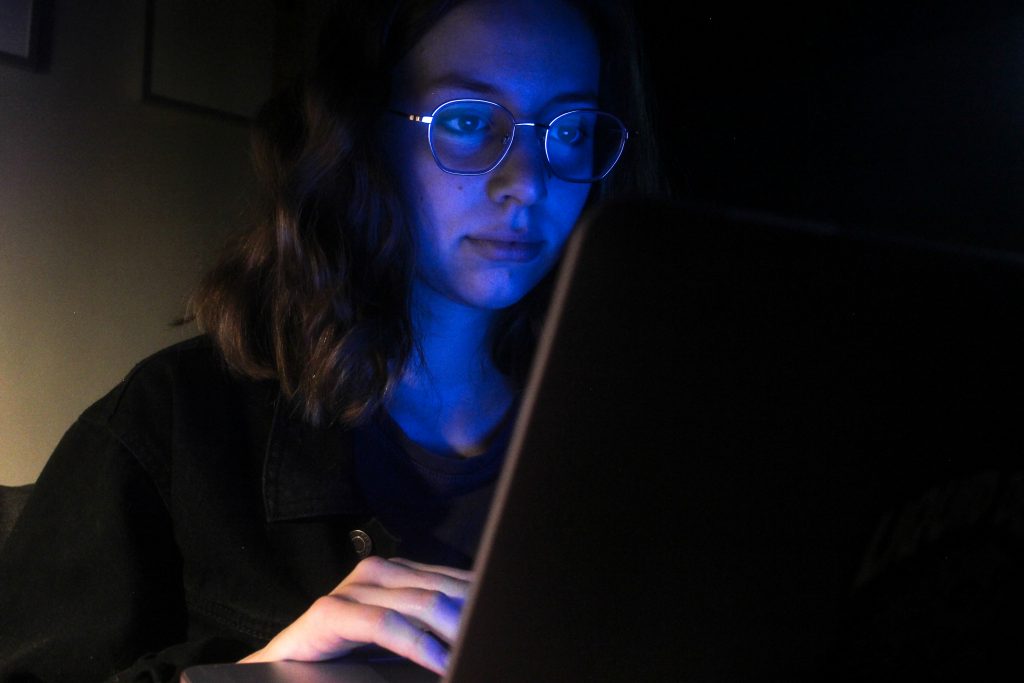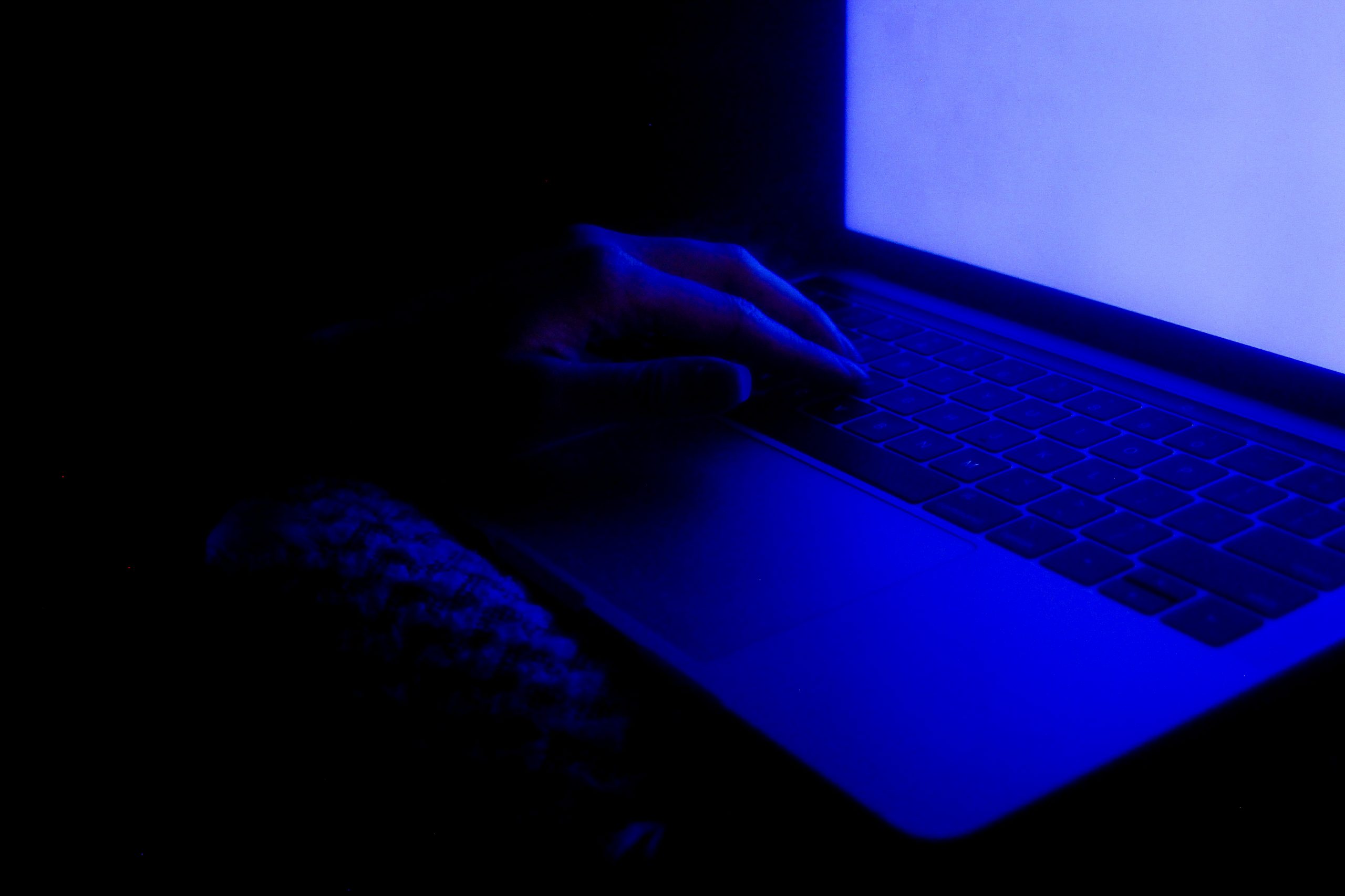With various stay-at-home orders affecting the way millions of Americans work, study, and find entertainment; screens are becoming increasingly important to stay connected. But how does increased screen time affect the health of our eyes?
Digital screens such as televisions, computers, and smartphones emit a color in the visible light spectrum known as blue light. Due to its short wavelength, it produces a high amount of energy that human eyes can be sensitive to.
Dr. Joseph Allen is the optometrist behind Doctor Eye Health, a YouTube channel which boasts over 140,000 subscribers. In the past year, Dr. Allen has published nearly 100 videos on the topic of ocular health, including several specifically about blue light. He says that while research is mixed, there are studies that raise concerns regarding excess blue light exposure.
“Blue light has been found in studies to affect retinal cells in the back of the eye, which then speak to the pineal gland in your brain which produces melatonin—which is known as the sleeping hormone,” Dr. Allen says.
The presence of melatonin helps improve overall nightly sleep and plays a vital role in maintaining memories. The sun is the largest source of blue light on our planet, which helps to explain the reason blue light can affect our sleeping habits.

“Staring at your computer screen or your cell phone for long periods of time, especially in the evening, kinda acts like staring at the sun early in the morning,” Dr. Allen says.“It tells your brain to wake up and to stay alert.”
This means that people who spend a lot of time in front of digital screens are at risk of confusing their bodies into diminishing melatonin production. Beyond this, individuals who strain their eyes with excessive screen time may experience symptoms like dry eyes, blurred vision, headaches, and migraines. While this is an important consideration at any time, it warrants rumination in particular during our current national state. With millions of Americans quarantining in their homes, people are working online more than ever. While the COVID-19 pandemic has resulted in skyrocketing amounts of screen time for American adults, examining the numbers prior to the pandemic reveals that this amount has been steadily increasing for years. According to a Media Consumption Forecast Report by media giant, Zenith, American adults spent approximately 479 minutes (7 hours, 59 minutes) a day consuming online media in 2019. This was an increase of nearly an hour from 2013. The company predicted that by 2021, this number will rise to the average American adult spending nearly 495 minutes (8 hours, 15 minutes) a day.
With many stay-at-home orders still in effect around the world, we can assume that screen time amounts will increase even more than anticipated, reaching numbers no one could have predicted.

